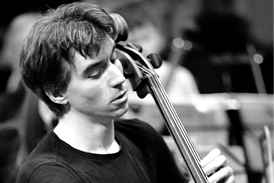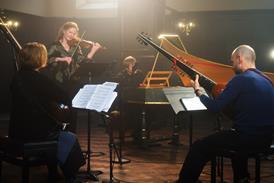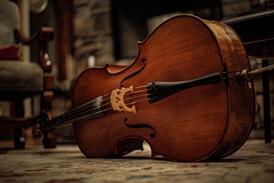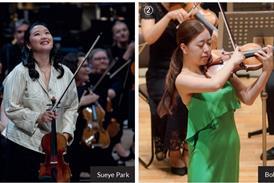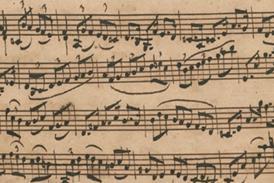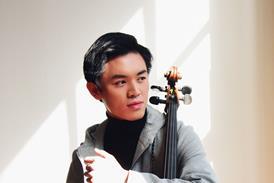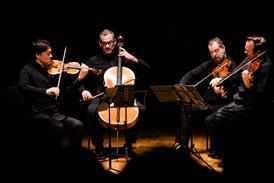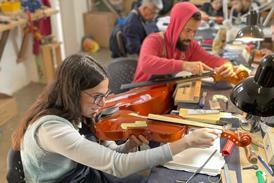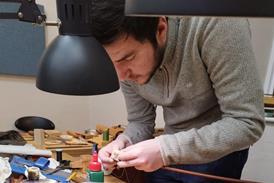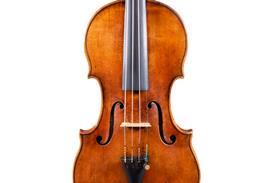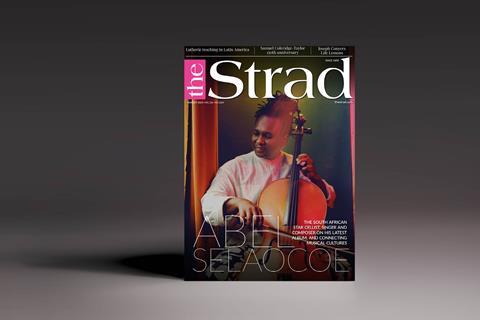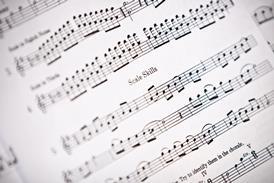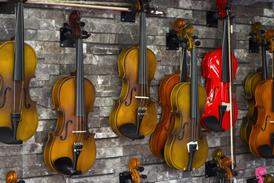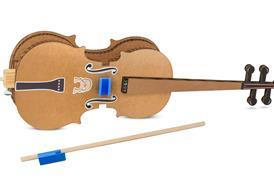Technical – Page 15
-
 Blogs
BlogsHow a flight-damaged Edward Lewis viola da gamba rose from the ashes
After being seriously damaged in an Alitalia flight, a historical viola da gamba made by Edward Lewis was amazingly brought back to life by Shlomo Moyal. Here is the story of the instrument, to tie in with this month’s Making Matters
-
 Premium ❘ Feature
Premium ❘ FeatureMaking Matters: a phoenix from the ashes
Luthier Shlomo Moyal explains how he restored a 1685 viola da gamba that had been almost destroyed, in a project that took a whole year of patient reconstruction
-

-
 Premium ❘ Feature
Premium ❘ FeatureTrade Secrets: Flattening planes
A sadly necessary task for all luthiers, which should have been taken care of by the manufacturer in the first place
-
 Feature
FeatureStradivari and the sharkskin sandpaper
This microscope image of what looks like a shark’s tooth embedded in a 1711 cell is evidence of dogfish skin, writes Joseph Campanella Cleary
-
 Focus
FocusI shy away from copying models that are too individual, says violin maker Sam Zygmuntowicz
The luthier's favourite instruments provide ideal models for his own making
-
 News
NewsInfluential Italian luthier Renato Scrollavezza has died
Born in poverty and initially self taught, he went on to mentor generations of violin makers at his lutherie school in Parma
-
 Premium ❘ Feature
Premium ❘ FeatureTrade Secrets: Arching, channelling and edgework
A method that unites all three parts of the making process, for a more coherent and efficient way of working
-

-
 Premium ❘ Feature
Premium ❘ FeatureMaking Matters: The simplest machine
The humble wedge is a stalwart of the luthier’s workshop. Joseph Campanella Cleary examines some of the myriad ways they improve the quality of life for craftspeople
-
 Premium ❘ Feature
Premium ❘ FeatureAsk the Experts: choosing a new violin tailpiece
A violinist asks what he should consider when choosing a new tailpiece – from the material used to the weight and shape
-
 Feature
FeatureAre dendrochronology reports useful in valuing an instrument?
Dealers and auction houses increasingly include dendrochronology reports along with high-value instruments, but how meaningful are they in verifying an attribution?
-
 Premium ❘ Feature
Premium ❘ FeatureViews on the Bridge
In the second of two articles on set-up, Joseph Curtin investigates the acoustical role of the violin bridge and the interconnected relationships between mass, frequency and resonance
-
 Premium ❘ Feature
Premium ❘ FeatureTrade Secrets: Recreating original purfling
Precision and care are prerequisites for this detailed restoration method
-

-
 Premium ❘ Feature
Premium ❘ FeatureMaking Matters: Ten out of ten
The great 19th-century French bow makers had to produce a large amount of stock to make a living. Christophe Landon explores how their working methods differed from ours, as he makes ten simultaneous copies of one Peccatte bow
-
 Blogs
BlogsPostcard from the inaugural Australian Luthier & Archetier Congress
Peter Reid writes a first-hand account of the first international violin making workshop in Australia in decades
-
 Video
VideoBBC Radio 4: The Instrument Makers
In this radio programme, cellist and presenter Verity Sharp hears the stories of four very different instrument makers
-
 Premium ❘ Feature
Premium ❘ Feature7 things to remember when buying a bow
Bows, for so long seen as mere accessories, are increasingly attracting serious investors, writes Femke Colborne
-
 Video
VideoBass conversion from 4-string to 5-string
This is the first in a series from the workshop of Thomas & George Martin on re-converting a German bass from 4-string (with extension) back to its original state as a 5-string. View the whole series on the Thomas & George Martin YouTube channel

